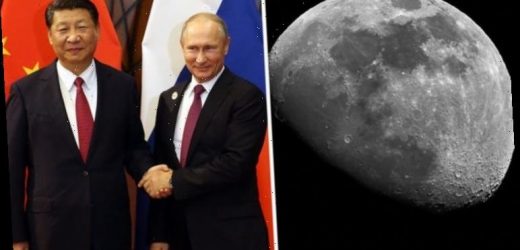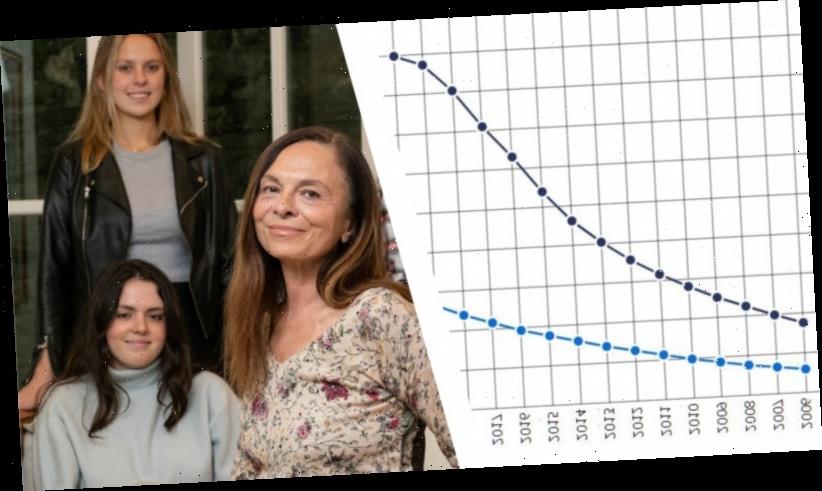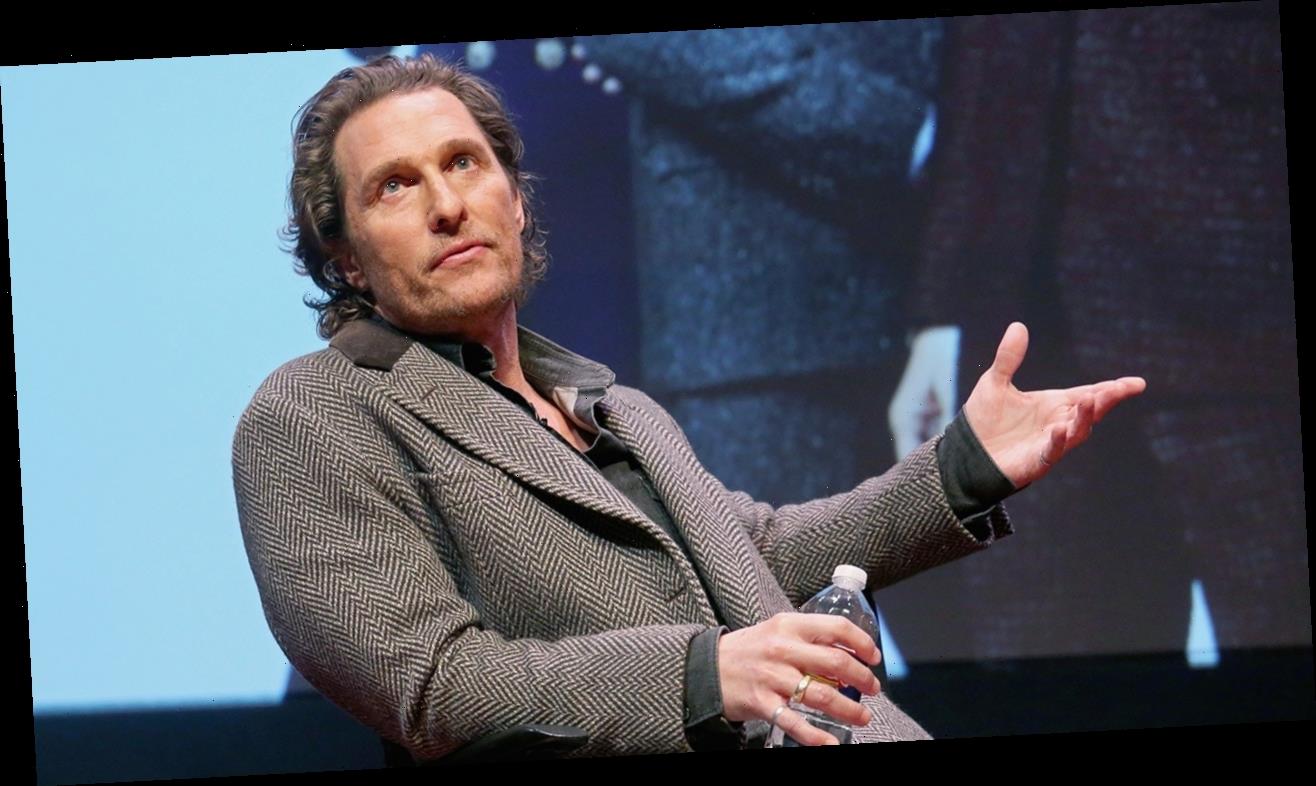NASA asks commercial companies to help collect moon data
When you subscribe we will use the information you provide to send you these newsletters.Sometimes they’ll include recommendations for other related newsletters or services we offer.Our Privacy Notice explains more about how we use your data, and your rights.You can unsubscribe at any time.
The Svalbard Global Seed Vault is a secure seed bank on the Norwegian island of Spitsbergen, near Longyearbyen, approximately 810 miles from the North Pole. It was the brainchild of American conservationist Cary Fowler, to preserve a wide variety of plant seeds that are duplicate samples, or “spare” copies held in gene banks worldwide. The seed vault was an attempt to ensure against a huge loss during the large-scale regional or global crisis.
But now we also need a “Moon Ark” to safely store frozen eggs, sperm, and other DNA matter from all 6.7 million Earth species, according to researchers at the University of Arizona.
They detailed at the IEEE Aerospace Conference their plans for an ambitious “modern global insurance policy” for our planet.
It involves building a complex in the Moon’s lava tubes staffed by robots and fuelled by solar panels on the lunar surface.
Among threats facing the human race today, the experts noted civil war, nuclear war, ice ages, rapid climate change and pandemics.
But the driving force behind the lunar ark idea was a volcano eruption.
Jekan Thanga, a professor of aerospace and mechanical engineering, said: “Earth is naturally a volatile environment.
“As humans, we had a close call about 75,000 years ago with the Toba supervolcanic eruption, which caused a 1,000-year cooling period and, according to some, aligns with an estimated drop in human diversity.
“Because human civilisation has such a large footprint, if it were to collapse, that could have a negative cascading effect on the rest of the planet.”
In a paper presented earlier this month, the team said their concept could preserve life from Earth in the event of destruction of the planet.
The researchers said the project is dependent on advancements in cryo-robotics technology – to be cryopreserved, the seeds must be cooled to -144C, while stem cells must be stored at minus -160C.
But the team says that at such temperatures, metal parts of the base could freeze, jam or cold-weld together.
Scientists also still do not understand how a lack of gravity could affect preserved seeds, or how to communicate with an Earth base.
It comes just days after China and Russia announced plans to build a lunar space station.
Russian space agency Roscosmos says it has signed an agreement with China’s National Space Administration to develop research facilities on the surface of the Moon, in orbit, or both.
DONT MISS
End of the world: How archaeologist discovered ‘real Maayan doomsday’ [VIDEO]
Mayan DISCOVERY: How find in ancient city ‘reveals creation story’ [CLAIM]
Egypt: How ‘greatest archaeological find of all time’ stunned expert [REVEALED]
Russia, which pioneered space exploration in the Fifties, has more recently been eclipsed by China and the US.
Washington has announced plans to return to the Moon by 2024 under its Artemis programme.
US President Joe Biden has endorsed the effort that was initiated under his predecessor Donald Trump.
The plan would see the next man and the first woman land on the lunar surface in the next few years, setting up future missions to Mars too.
Source: Read Full Article







